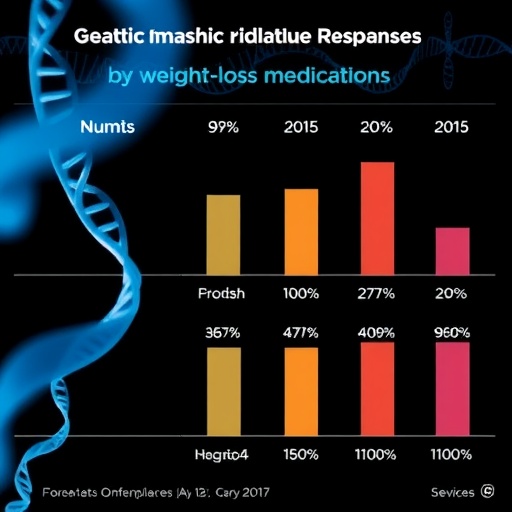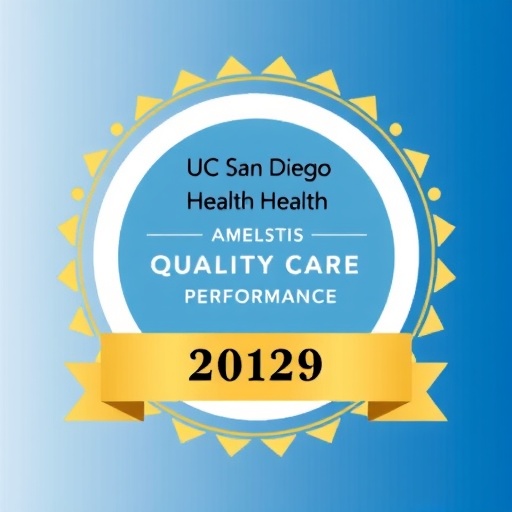The results of a study to be presented at the Annual European Congress of Rheumatology (EULAR 2018) suggest childhood and adult obesity increase the risk of developing hip osteoarthritis (OA) and knee OA but not hand OA.1
Obesity and OA are two interconnected health care problems affecting a large proportion of the adult population worldwide, however studying causality in this association is difficult due to confounding factors. To test the hypothesis that the association between obesity and OA is causal, investigators used a method know as 'mendelian randomization', which uses genetic variants to investigate whether a biomarker has an effect on the risk of developing disease.
"Obesity in both childhood and adulthood is an important public health issue," said Professor Johannes W. Bijlsma, EULAR President. "These data showing a causal relationship with osteoarthritis should add further impetus to tackle the issue of obesity and reduce related disability."
Results of the study indicated that adult body mass index (BMI) significantly increased the prevalence of self-reported OA, knee OA or hip OA by 2.7%, 1.3%, and 0.4% per unit (1 kg/m2) increase in BMI respectively. Childhood BMI significantly increased the prevalence of self-reported OA, knee OA or hip OA by 1.7%, 0.6%, and 0.6% per BMI unit respectively. No associations were found between either adult or child BMI and hand OA, which contradicts previous cohorts. Investigators suggest that this could be explained by the impact of various confounding factors such as manual work or related socio-economic factors. Finally, no relationship was found with traumatic eye injury which was used in the study as a negative control.1
"Our results suggest the effect of adult BMI seems to be stronger on knees, whilst childhood BMI might impact both knee and hip osteoarthritis risk similarly," said Professor Prieto-Alhambra (senior study author). "Interestingly our findings contradict previous studies that found an association between obesity and hand osteoarthritis."
Investigators used data from two genome wide association studies (GWAS) which identified 15 and 97 specific gene changes, known as SNPs (single nucleotide polymorphism), associated with childhood and adulthood BMI respectively. They then used a separate GWAS of 337,000 unrelated individuals in the UK BioBank. Within this data they identified 13/15 childhood obesity SNPs and 68/97 adulthood obesity SNPs and then analysed the association between these SNPs and self-reported osteoarthritis, as well as hospital data for knee, hip and hand osteoarthritis. Associations with negative controls (myopia, left-handedness, and traumatic eye injury) were all inexistent as expected.
Abstract number: SAT0681
###
NOTES TO EDITORS
For further information on this study, or to request an interview with the study lead, please do not hesitate to contact the EULAR Press Office:
Email: [email protected]
Telephone: +44 (0) 20 7438 3084
Twitter: @EULAR_Press
YouTube: Eular Press Office
About Rheumatic and Musculoskeletal Diseases
Rheumatic and musculoskeletal diseases (RMDs) are a diverse group of diseases that commonly affect the joints but can affect any organ of the body. There are more than 200 different RMDs, affecting both children and adults. They are usually caused by problems of the immune system, inflammation, infections or gradual deterioration of joints, muscle and bones. Many of these diseases are long term and worsen over time. They are typically painful and Iimit function. In severe cases, RMDs can result in significant disability, having a major impact on both quality of life and life expectancy.2
About 'Don't Delay, Connect Today!'
'Don't Delay, Connect Today!' is a EULAR initiative that unites the voices of its three pillars, patient (PARE) organisations, scientific member societies and health professional associations – as well as its international network – with the goal of highlighting the importance of early diagnosis and access to treatment. In the European Union alone, over 120 million people are currently living with a rheumatic disease (RMD), with many cases undetected.3 The 'Don't Delay, Connect Today!' campaign aims to highlight that early diagnosis of RMDs and access to treatment can prevent further damage, and also reduce the burden on individual life and society as a whole.
About EULAR
The European League against Rheumatism (EULAR) is the European umbrella organisation representing scientific societies, health professional associations and organisations for people with RMDs. EULAR aims to reduce the burden of RMDs on individuals and society and to improve the treatment, prevention and rehabilitation of RMDs. To this end, EULAR fosters excellence in education and research in the field of rheumatology. It promotes the translation of research advances into daily care and fights for the recognition of the needs of people with RMDs by the EU institutions through advocacy action.
To find out more about the activities of EULAR, visit: http://www.eular.org.
References
1 Prats-Uribe A, Sayols-Baieras S, Fernandez-Sanles A, et al. The causal association between childhood and adulthood body mass index and osteoarthritis: A mendelian randomization study. EULAR 2018; Amsterdam: Abstract SAT0681.
2 van der Heijde D, et al. Common language description of the term rheumatic and musculoskeletal diseases (RMDs) for use in communication with the lay public, healthcare providers and other stakeholders endorsed by the European League Against Rheumatism (EULAR) and the American College of Rheumatology (ACR). Annals of the Rheumatic Diseases. 2018;doi:10.1136/annrheumdis-2017-212565. [Epub ahead of print].
3 EULAR. 10 things you should know about rheumatic diseases fact sheet. Available at: https://www.eular.org/myUploadData/files/10%20things%20on%20RD.pdf [Last accessed April 2018].
Media Contact
EULAR Press Office
[email protected]
44-207-438-3084
@eular_org
http://www.eular.org
http://dx.doi.org/10.1136/annrheumdis-2018-eular.1907




